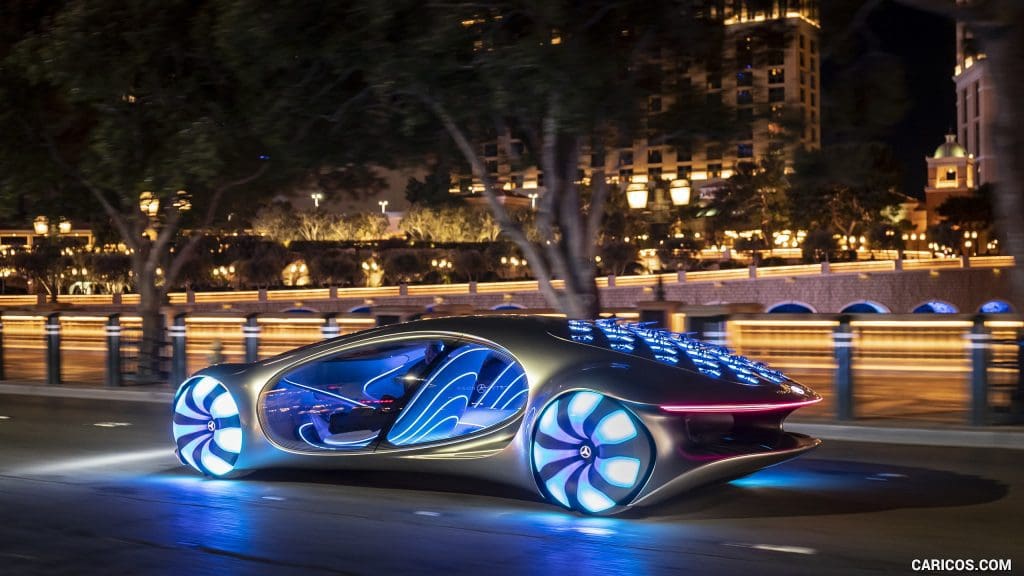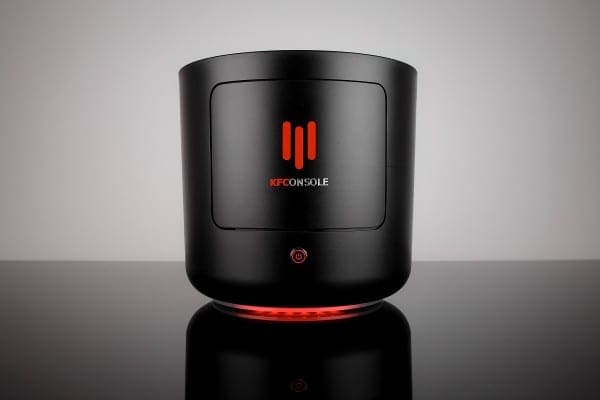The Avatar series by James Cameron is renowned for pioneering visual effects techniques in cinema. He and the VFX crew used ground-breaking effects to craft a gripping tale that continues with its sequel, “Avatar: The Way of Water.”
Mercedes-Benz is renowned for making revolutionary breakthroughs in the world of vehicle technology, much like Avatar. It’s been producing successful automobiles for more than a century. The VISION AVTR, the German automaker’s most recent concept vehicle, was inspired by Avatar’s environmental message and distinctive aesthetic style.
The AVTR appears genuinely strange in every aspect from the outside. It’s covered in various aesthetic elements that give the car the Pandora appearance rather than a German auto styling studio. The design language of the complete vehicle was influenced by the Avatar films from the very beginning.
VISION AVTR’s Spectacular Pandora Design Features
The VISION AVTR is an electric vehicle (EV) concept automobile designed to convey the atmosphere of Pandora in the Avatar Universe and to demonstrate the brand’s dedication to an EV future. Mercedes has set a grandiose goal of having an all-EV fleet by 2030, with the AVTR serving as the brand’s design inspiration.
The AVTR has an interior constructed entirely of recycled materials, especially Karuun, a substance formed from naturally growing wicker plant fibers, like other optimistically futuristic concept cars. Also, the battery in the car is disposable and environmentally benign. The seats are covered in recycled vegan leather. The automaker claims the battery doesn’t contain any rare earth elements and only uses graphene. Mercedes also mentions the absence of a steering wheel on the Vision AVTR. A multifunctional control facet is what it is.
The control system uses the driver’s individual biometrics to identify and enable them to operate the inside of the car simply by hand gestures. There are 33 “bionic” flaps on the exterior of the automobile. These flaps communicate with the driver and with the outside world. The flaps were intended to appear reptilian by the manufacturer and engineers, in keeping with the concept car’s overall natural and organic aesthetic.



